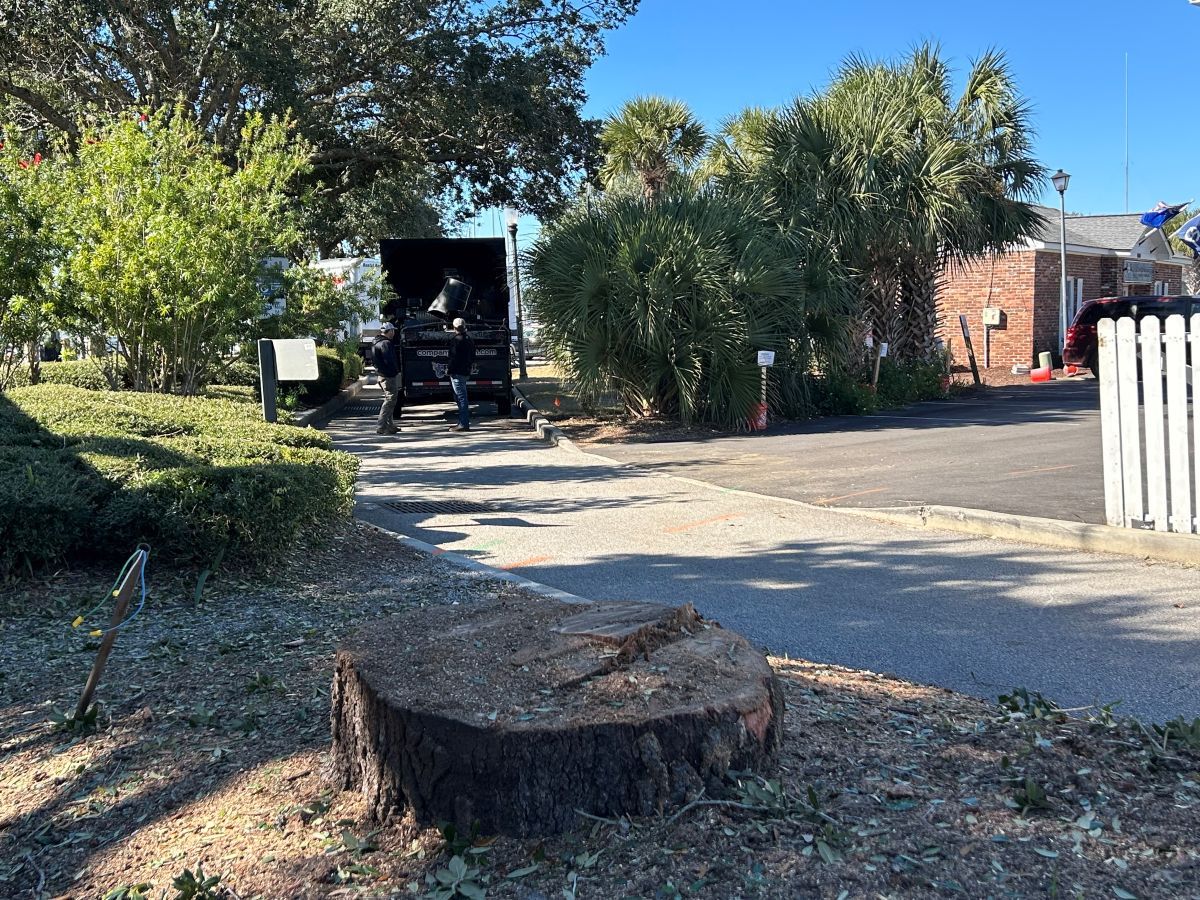By SCOTT GRABER
It is Sunday and it’s brisk. Actually it’s cold enough for a fire and two cups of coffee before I leave for church.
My son and his fiancé are visiting from New York City. They are still sleeping and I expect I’ll leave before they wake. I’ve set out breakfast — cereal, scones and a fruit cup — and left today’s newspaper on the countertop.
About two weeks ago they gave up their apartment, on the Upper West Side, bought a Volvo and drove South. They left New York — a city they love — after a year in lockdown.
They are not leaving the Northeast entirely—my son’s job is there. But they wonder, and we have talked, about going back to Manhattan. I suspect that conversation is going on in other living rooms in other houses throughout America.
Zach and Rhianna have lived in the City for three years. During that time they have joined the Metropolitan Museum, learned how to get reduced-price theatre tickets and routinely discovered different, mostly marvelous food within walking distance.
New York is a place where you spend most of your life walking the streets, or riding the subway, or using a CitiBike to ride the pathways through the Ramble in Central Park. Zach and Rhianna slept in a very small, expensive loft; but spent most of their weekend on the roof terrace of the Metropolitan Museum or exploring the leafy contradiction that is the West Village.
All of that ended a year ago when the virus arrived. Actually we now know it arrived earlier. When its presence was officially acknowledged it infected and killed people at a rate that was open, obvious and catastrophic. The virus found millions of targets, conveniently crammed into relatively small spaces.
New York City’s reaction was swift. It shut down the New York Ballet, the Metropolitan Opera, the symphony and all of its public libraries. It shut down movies, indoor book signings and cello recitals.
Yes, one was allowed to venture out for groceries or medicine; but the City insisted that everyone stay insulated, isolated, tuned-into their Governor, Andrew Cuomo, who insisted on a tough distancing and mask protocol. A protocol that was followed to the letter of the law.
The New York City lock-down hollowed out the Midtown office towers, ending the commute of hundreds of thousands who came by train from New Jersey and Connecticut. Furthermore, it made those who had second homes (in the Hudson River Valley or in the Catskill Mountains) retreat to those homes. It also made people, like my son and his fiancé, reconsider their lives in New York City.
Other states did not lock-down as quickly or as completely. Florida’s Governor closed down for 15 days on the front end, but made exceptions for hotels, beaches and child care facilities. In May Governor DeSantis began a phased reopening; but then Florida’s numbers spiked in June.
Notwithstanding the spike in infections and death, and calls to again lockdown Florida’s economy, DeSantis said, “You have to let people earn a living.”
DeSantis became the voice for those who argued that “Everyone has a right to work”. He argued for getting the elderly isolated in a safe place, but for keeping the younger population on the job.
Many years ago I was a student of the Civil War — it was fashionable in those days to watch Ken Burns and to imitate Shelby Foote’s voice.
In that sepia tinted time I believed that Lee was a better general than Grant. But I also believed that Grant prevailed because he was not timid, like McClellan, or afraid to take casualties.
And so we have a modern-day Grant, DeSantis, who is willing to take casualties. But not to save the Union. DeSantis is willing to take casualties to save service sector jobs, to keep restaurants open and Florida’s huge tourism engine in operation.
One knows you cannot compare Manhattan to Florida; it’s apples and oranges; but there are comparisons under way nonetheless. The Wall Street Journal (Philippe Lemoine) complains, “Not a single government has published a cost-benefit analysis to justify lockdown policies — something policy makers are often required to do while making far less consequential decisions.”
However, a “cost-benefit analysis” can be tricky especially when the “cost” part of the equation are lives lost.
U.S. Grant understood the cost part — he was in the field watching his men blown apart. I’m not sure our brothers on the right have the same perspective.
Scott Graber is a lawyer, novelist, veteran columnist and longtime resident of Port Royal. He can be reached at cscottgraber@gmail.com.






